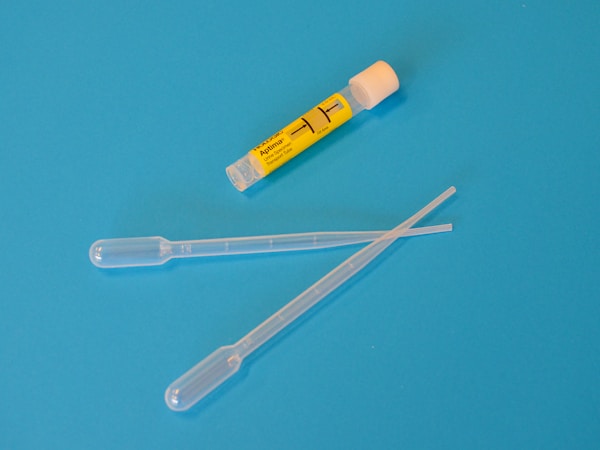Infection is a major concern in healthcare settings because healthcare providers and patients are constantly exposed to a variety of pathogens. Infections can spread rapidly and cause serious harm to both parties, leading to longer hospital stays, increased treatment costs, and even fatalities. To promote infection prevention, healthcare providers must establish effective strategies that capitalize on the latest medical innovations and best practices.
Prioritize hygiene best practices.

The first step towards preventing infection in healthcare facilities is to prioritize hand hygiene. Regular hand washing and sanitizing are essential in reducing the spread of microorganisms. Healthcare providers should routinely clean their hands before and after every patient encounter, even if gloves are worn. Additionally, healthcare facilities should provide alcohol-based hand sanitizer dispensers throughout the area for the convenience of providers and patients.
Personnel who forget to perform this ritual should be taught to do so, always remembering to sanitize their equipment and environment as well. In addition to hand hygiene, healthcare providers need to ensure that medical equipment and surfaces are cleaned regularly to minimize the breeding ground for infection-causing agents.
Utilize personal protective equipment.
In healthcare settings, personal protective equipment (PPE) is crucial to prevent the spread of infectious diseases. Medical professionals who work with infectious patients should wear protective equipment such as gloves, masks, and gowns to reduce the risk of exposure to harmful pathogens. By wearing PPE, medical professionals can minimize the potential for transmission of infectious agents.
Furthermore, the use of PPE serves as a first line of defense in preventing the spread of infectious diseases. By wearing protective gear, healthcare workers can avoid touching contaminated areas, reducing exposure to infectious agents. PPE also serves as a barrier to prevent droplets from infected patients from coming into contact with medical workers.
Practice proper waste disposal practices.

Infectious waste poses a hazardous risk to healthcare workers and patients if not properly handled and disposed of. That’s why healthcare facilities must enforce strict protocols to mitigate the risk of exposure to infectious waste. One such measure is the handling and disposal of sharps and needles, which can be sources of infection caused by bloodborne pathogens such as hepatitis B and C or HIV.
Healthcare workers must follow well-defined procedures for safe handling, transporting, and disposing of sharps and needles. They should be trained on proper techniques for handling and disposing of hazardous waste to minimize the risk of injury or exposure to infection. In addition, healthcare facilities must provide their workers with personal protective equipment (PPE) such as gloves and protective clothing to prevent exposure to blood and other bodily fluids.
Educate patients on infection prevention.
Another method healthcare providers can utilize to minimize the risk of infection transmission is through patient education. Educating patients on how to prevent infections will empower them to take an active role in their care and safeguard themselves from possible infections.
Healthcare providers can offer various forms of educational materials to patients. Printed materials like brochures and pamphlets can provide patients with accessible and tangible resources that they can refer to whenever they need to. Videos can also be a useful tool for patient education, as they offer a more interactive and engaging way for patients to learn about preventing infections. In addition, interactive presentations can be a successful way to educate patients, as they allow patients to ask questions and engage with the information in a more dynamic way.
In conclusion, it is the responsibility of every individual working in healthcare to prioritize infection prevention and control to prevent the spread of infections. Proper training, education, adherence to guidelines, and accountability are essential to effectively reduce the risk of infections in healthcare settings. By working together, healthcare professionals can help to prevent the spread of infections, promote a safer and healthier environment, and provide the best possible care to their patients.













